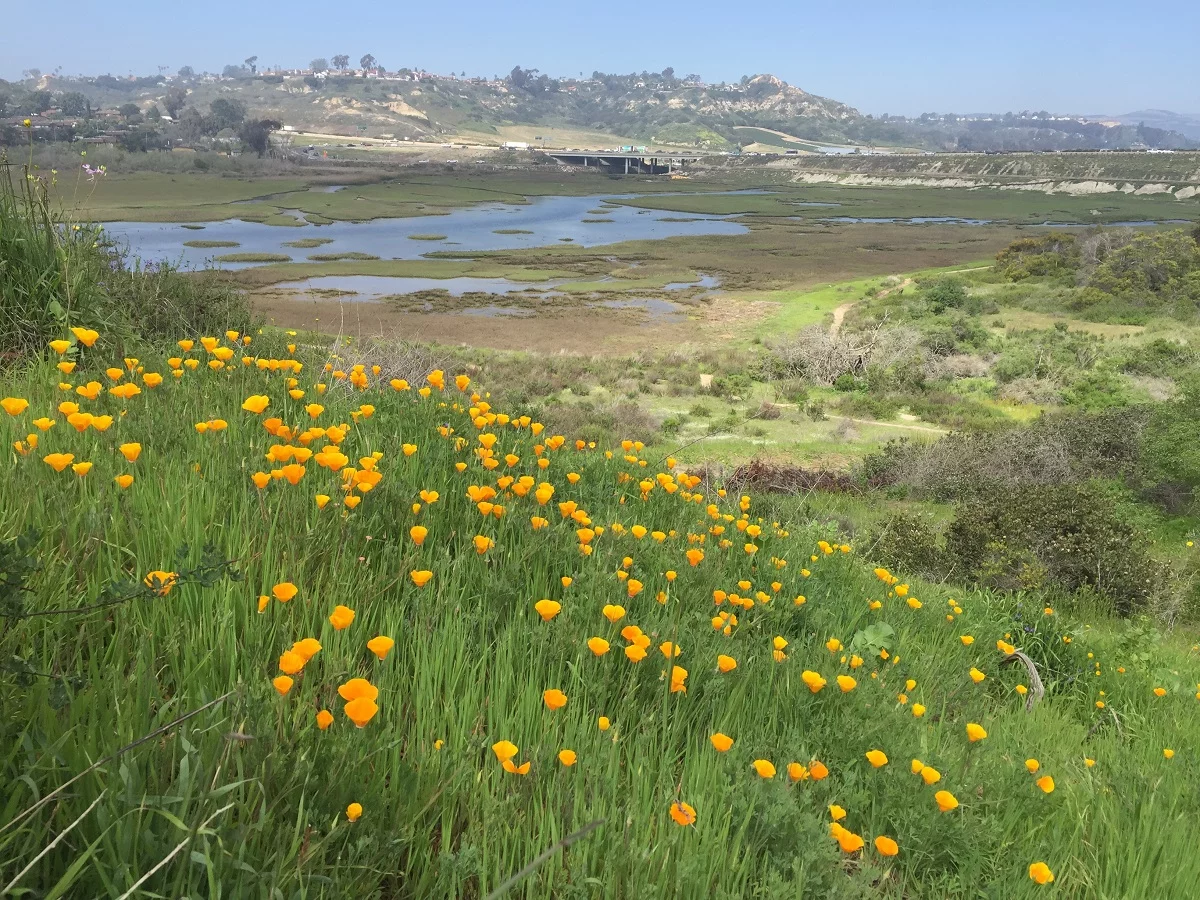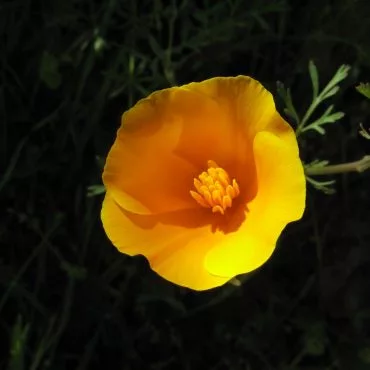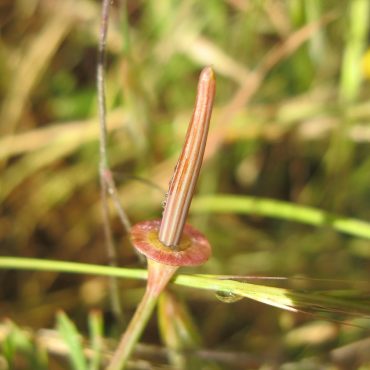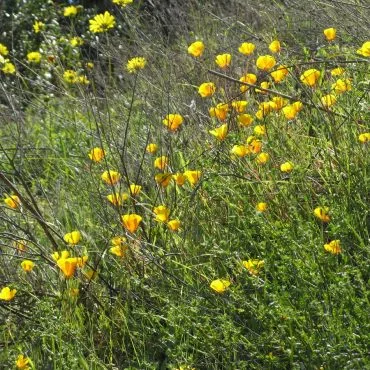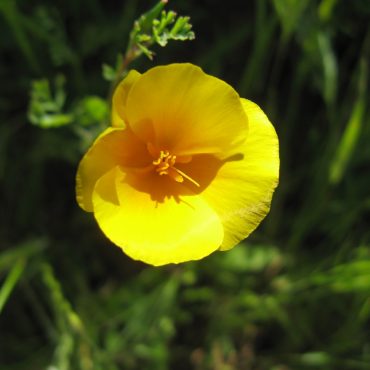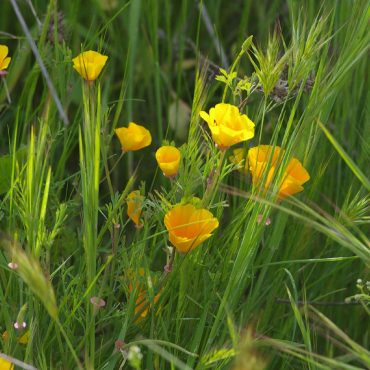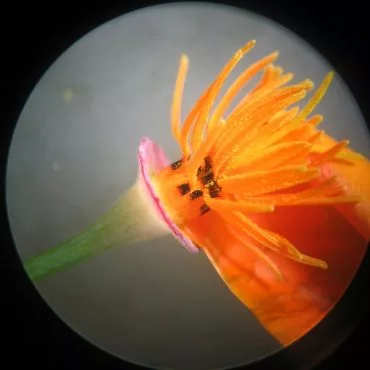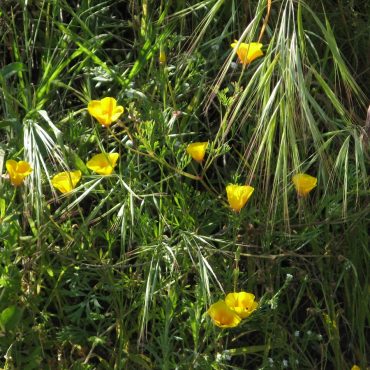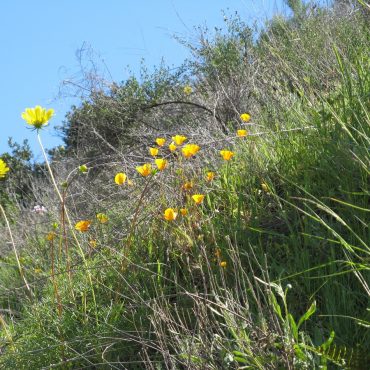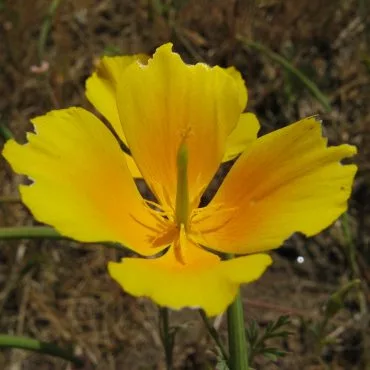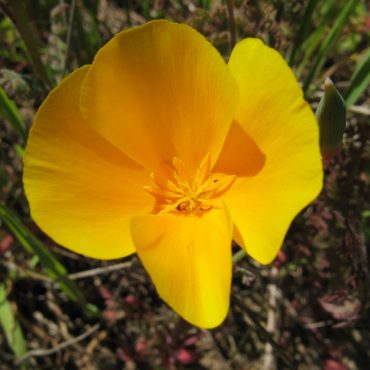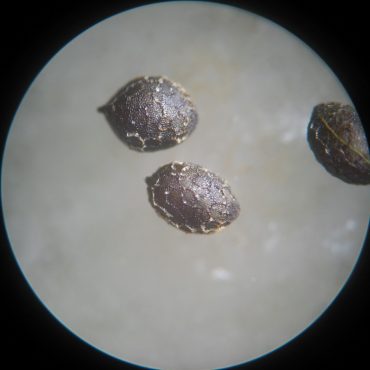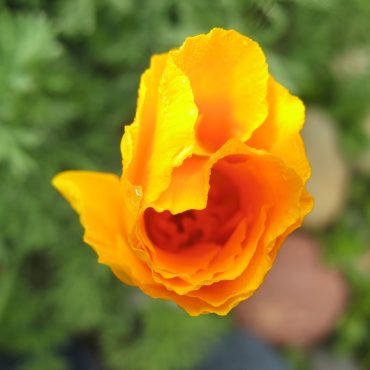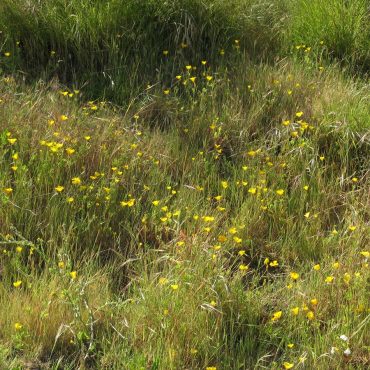Description
4,11,59,67
California poppy is an iconic flower of California,59 becoming the state flower in 1903 and appearing on the numerous Scenic Route signs.41 It is an herbaceous annual or short-lived perennial from a fleshy orange taproot. It is quite variable throughout its range. The plant is much branched, usually less than two feet (60 cm) in height, the stems often sprawling with age.The leaves are finely subdivided two to four times, the final segments being linear and only 1/32 to 1/8 inch (0.06 – 0.29 cm) wide. Both basal and smaller cauline leaves are present. Leaves and stems are generally hairless but may have a loose covering of wax that gives them a bluish color.
The conspicuous flowers are bright orange or yellow or, most often, orange at the center and yellow at the edge. Flowers are bisexual and radially symmetrical. Buds are conical and held upright. There are two sepals that are fused to form a cap over the bud; these detach and fall off as the bud opens The four satiny petals form a broad cup up to 2 1/2 inches (6 cm) across. Flowers close in the evening. California poppy blooms Feb.- Sept.1
There are numerous stamens, usually 20 or more, that are unequal in length. The yellow-orange filaments often have a a dark purplish band just above midpoint; to the unaided eye, they look like tiny beetles at the flowers center. The anthers are yellow-orange to orange and are generally longer than the filaments. There is one pistil with a superior ovary. The small ovary is green but it is difficult to see within the crowd of anthers. There is an inconspicuous style and two to four linear stigmas.
The fruit is a long, slender, ridged capsule surrounded by a flat, circular platform, formed by a horizontal rim around the receptacle (the torus). This is usually quite apparent on our plants after the petals have dropped, but can be inconspicuous. The two valves opens abruptly at maturity, propelling the tiny, rounded seeds outward. Seed coats have a delicate reticulated pattern.

